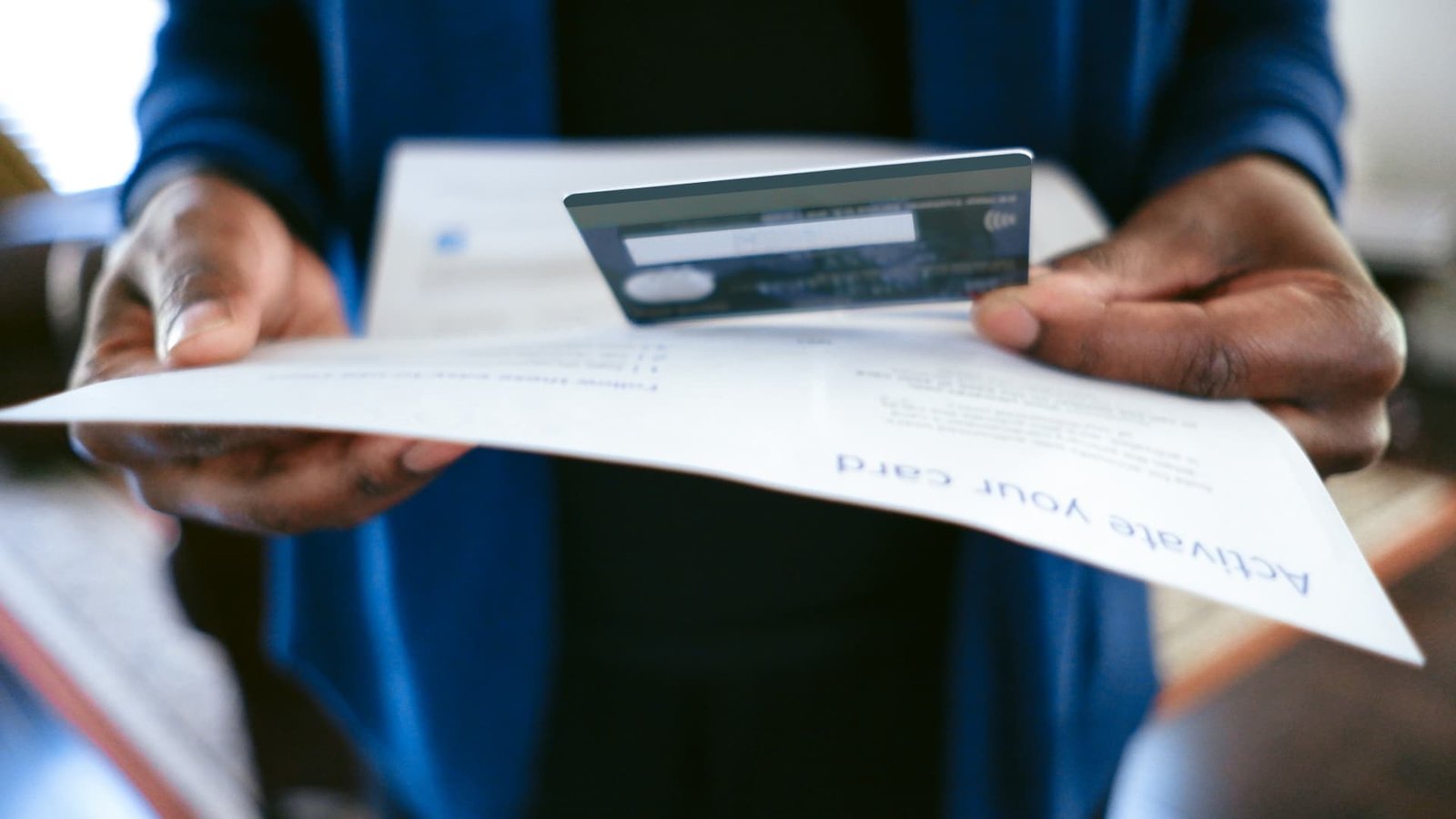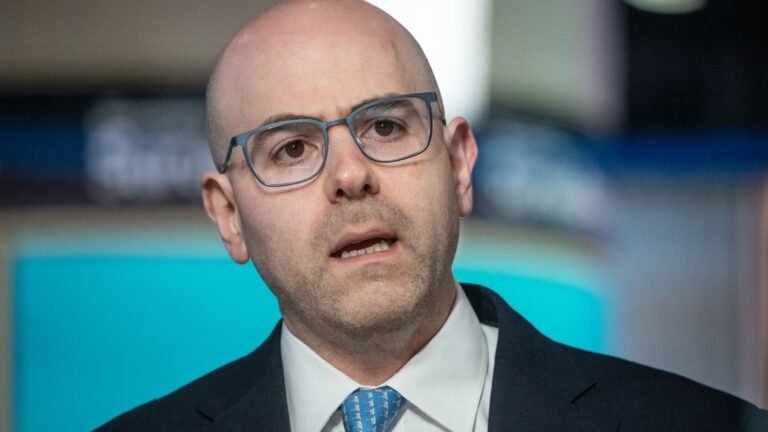Emirmemedovski | E+ | Getty Images
Even with the Federal Reserve on the sidelines, credit card rates are edging higher.
In June, credit card interest rates rose for the third straight month, hitting the highest level since December, according to a recent report by LendingTree.
Now, the average annual percentage rate is just over 20%, according to Bankrate. For new cards, the average APR is up to 24.3%, according to LendingTree.
“These are crippling rates that are compounding your debt at such a fast clip,” said certified financial planner Clifford Cornell, an associate financial advisor at Bone Fide Wealth in New York City.
Credit card rates stayed stable for years after the introduction of the Credit CARD Act, which passed in 2009, but shot up after the Fed started raising rates in 2015. In the decade since, APRs roughly doubled from 12% to where they stand today.
Most credit cards have a variable rate so there’s a direct connection to the Fed’s benchmark.
It follows that credit card rates spiked again along with the central bank’s string of 11 rate hikes starting in March 2022.
Although the Fed cut its key borrowing rate benchmark three times in 2024 and has held its benchmark steady since December, banks continued to raise credit card interest rates to record levels — and some issuers said they’ll keep those higher rates in place.
“This unfortunate trend could continue in coming months,” said Matt Schulz, LendingTree’s chief credit analyst.
Why some APRs are still rising
Card issuers are mitigating their exposure against borrowers who may fall behind on payments or default, according to Schulz. “This is a sign of banks trying to protect themselves from the risk that is out there in these uncertain times,” he said.
But it’s also a two-way street. “When there is uncertainty in the market, this often results in consumers seeking new credit to ensure they are prepared for any future financial hurdles,” said Charlie Wise, senior vice president and head of global research and consulting at TransUnion. That also has the effect of driving issuers to increase APRs.
“If more balances in the hands of riskier borrowers, those rates will trend higher,” Wise said.
How to avoid sky-high interest charges
Only consumers who carry a balance from month to month feel the pain of high APRs. And higher APRs only kick in for new loans, not old debts, as in the case of new applicants for credit cards.
But for those currently struggling with sky-high interest charges, even an eventual Fed rate cut may not provide much relief.
“The reality is you could drop the fed funds rate by two full basis points and all you are doing is lowering your interest rate from 22% to 20%,” Wise said — “that’s not a material difference.”
Rather than wait for a rate cut that may be months away, borrowers could switch now to a zero-interest balance transfer credit card or consolidate and pay off high-interest credit cards with a lower-rate personal loan, Schulz advised.
“The truth is that people have way more power over the rates they pay than they think they do, especially if they have good credit,” Schulz said.
The better your credit, the lower the rate you may get offered for a new card account.
Cardholders who pay their balances in full and on time and keep their utilization rate — or the ratio of debt to total credit — below 30% of their available credit, can also benefit from credit card rewards and a higher credit score, experts say. That paves the way to lower-cost loans and better terms going forward.










